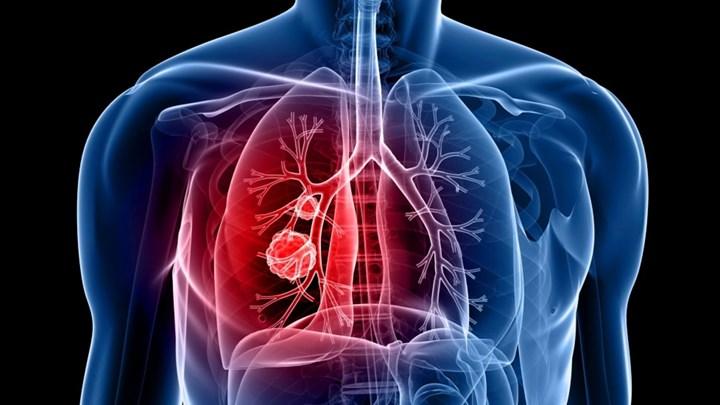 Scientists conducted an unprecedented study of how cancers grow. Analysts revealed that tumors have an “almost infinite” ability to evolve and survive.
Scientists conducted an unprecedented study of how cancers grow. Analysts revealed that tumors have an “almost infinite” ability to evolve and survive.The research team, which has followed lung cancers for nine years, was left in ‘surprise’ and ‘awe’ at the terrifying survivability they faced. The researchers note that the focus should be on early detection, as a “universal” treatment is not possible in the near future.
The only study of this scale
 The study, titled TracerX, led by Cancer Research UK, offers the most in-depth analysis ever of how cancers develop and what causes them to spread. Research reveals that cancers change and evolve over time – they are not fixed and immutable. They can become more aggressive: they can better evade the immune system and spread throughout the body. A tumor first begins as a single, degenerated cell, but becomes a mixture of millions of cells, all mutating in slightly different ways.
The study, titled TracerX, led by Cancer Research UK, offers the most in-depth analysis ever of how cancers develop and what causes them to spread. Research reveals that cancers change and evolve over time – they are not fixed and immutable. They can become more aggressive: they can better evade the immune system and spread throughout the body. A tumor first begins as a single, degenerated cell, but becomes a mixture of millions of cells, all mutating in slightly different ways.This diversity and how it changed over time was observed in lung cancer patients. It was said that the results obtained would be valid in different types of cancer as well. “This has never been done on this scale before,” said Prof Charles Swanton, of the Francis Crick Institute and University College London.
Universal treatment does not seem possible
 Biopsies were taken from different sites of lung cancer as the disease progressed, from more than 400 people treated at 13 hospitals in the UK. “I was surprised by how compatible the tumors could be,” said Prof Swanton. “I don’t mean to sound too bleak about this, but there are almost endless possibilities for a tumor to evolve, and I don’t think we’ll find universal treatments,” Swanton said in a statement. used his statements.
Biopsies were taken from different sites of lung cancer as the disease progressed, from more than 400 people treated at 13 hospitals in the UK. “I was surprised by how compatible the tumors could be,” said Prof Swanton. “I don’t mean to sound too bleak about this, but there are almost endless possibilities for a tumor to evolve, and I don’t think we’ll find universal treatments,” Swanton said in a statement. used his statements.According to scientists, the greatest early detection of cancer is prevention and prevention of disease recurrence. It is underlined that obesity, smoking, alcohol and poor diet increase the risk of some cancers. Increasing air pollution is also said to cause lung cancers. This comprehensive evolutionary analysis has been published in seven separate studies. Here are the findings from the research:
- Highly aggressive cells in the initial tumor are cells that eventually spread throughout the body
- Tumors that showed higher levels of genetic “chaos” were more likely to recur in other parts of the body after surgery
- By analyzing fragments of tumor DNA in the blood, signs of tumor return could be detected up to 200 days before they appeared on the CT scan.
- The cellular mechanism that reads the instructions in our DNA can be disrupted in cancerous cells, making them more aggressive.
The researchers hope the findings could help them predict how a patient’s tumor will spread in the future and tailor treatment. At Cancer Research UK, Dr. David Crosby said: “The exciting results from TracerX advance our understanding that cancer is a progressive disease, which means that late-stage cancers can be very difficult to treat successfully.”